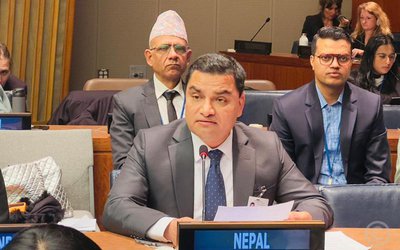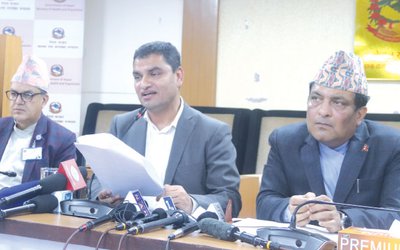This column deals with issues of health and medicine. The death penalty would therefore not be a usual topic of discussion here. But there are new scientific and ethical aspects about the death penalty that are intriguing.
Although many nations have abolished capital punishment, many countries with large populations such as China, India, the USA, and Indonesia continue to use the death penalty as a means of deterring people from committing heinous crimes.
The country that tops the list in carrying out the death penalty is China (official number of executions is not known but it is easily in the hundreds per year) followed by Iran, Saudi Arabia, Iraq and the US.
Although in many of the Muslim countries and in India execution is carried out by hanging, in the US it has generally followed scientific advancements in the technique of execution in an effort to find a contemporary “humane” method of killing.
Hanging was the method of administering the death penalty in Britain although since 1998 it has been abolished in all circumstances in the UK. In the US both hanging and the firing squads were used, but hanging became the method of choice.
Then, in the late 1870s the great scientist Thomas Alva Edison, invented the incandescent light bulb that transformed human life as it was known then. Much to Edison’s chagrin, this electric invention influenced the discovery of the electric chair for execution. Then gas chambers soon followed. But the electric chair and gas chambers periodically malfunctioned making it necessary for the authorities to find a better method. Finally in the US they settled on lethal injections for execution.
As the ethical forces gather against the death penalty, the current saga of the lethal injection administration for the death penalty has been fraught with problems. Because India uses the age- old “hanging” as the method of execution, they have not had to deal with the intricacies of ethically procuring and administering the lethal injection.
In the US it was Jay Chapman, the medical examiner for the state of Oklahoma, who in 1977 first devised a cocktail of three commonly used anesthetic agents. All three drugs are routinely used in hospitals in Nepal for saving lives.
In the US, the convicted person is first injected with sodium thiopentothal which is a barbiturate followed by pancuronium bromide, a muscle relaxant, a very commonly used drug in intensive care units. This is then finally followed by a well-known, life-saving (except in this situation) drug, potassium chloride. Large quantities of potassium chloride guarantee cardiac arrest. Until recently the Chapman protocol was standard US practice in carrying out the death penalty.
Recently for ethical reasons many of the manufacturers of these anaesthetic drugs made it impossible for the prison authorities to buy these drugs for administering lethal doses. So the prison doctors figured if they used one strong anesthetic agent such as propofol ( which incidentally Miachel Jackson overdosed on) they could bypass this problem. But manufactures of propofol have also objected to its usage for this purpose. So,the saga continues.
The good news for Americans is that the jury is handing down fewer death sentences ( 313 in 1994 vs 78 in 2012). The reasons are multifactorial. The murder rate has plummeted in the US. Scientifically, eyewitness accounts which formed the basis of many of these convictions have now been found to be increasingly unreliable. It appears even rape victims commonly identify the wrong person. Memory is a poor guide. Finally, the American jurors have occasionally sentenced the wrong man as proven by subsequent DNA testing leading present- day jurors to be very cautious in handing out death sentences.

Buddha Basnyat MD
Buddha Basnyat, MD, MSc, FACP, FRCP, Director of the Oxford University Clinical Research Unit-Patan Academy of Health Sciences, Kathmandu.
- Altitude Sickness
- Feb 20, 2018
- Post-earthquake Nepal: The Way Forward
- Dec 13, 2015
- The Annapurna Sanctuary
- Nov 29, 2015
- Diarrhea at the Summit
- Nov 08, 2015
- Altitude Sickness ( AMS, HAPE, HACE)
- Oct 15, 2015















